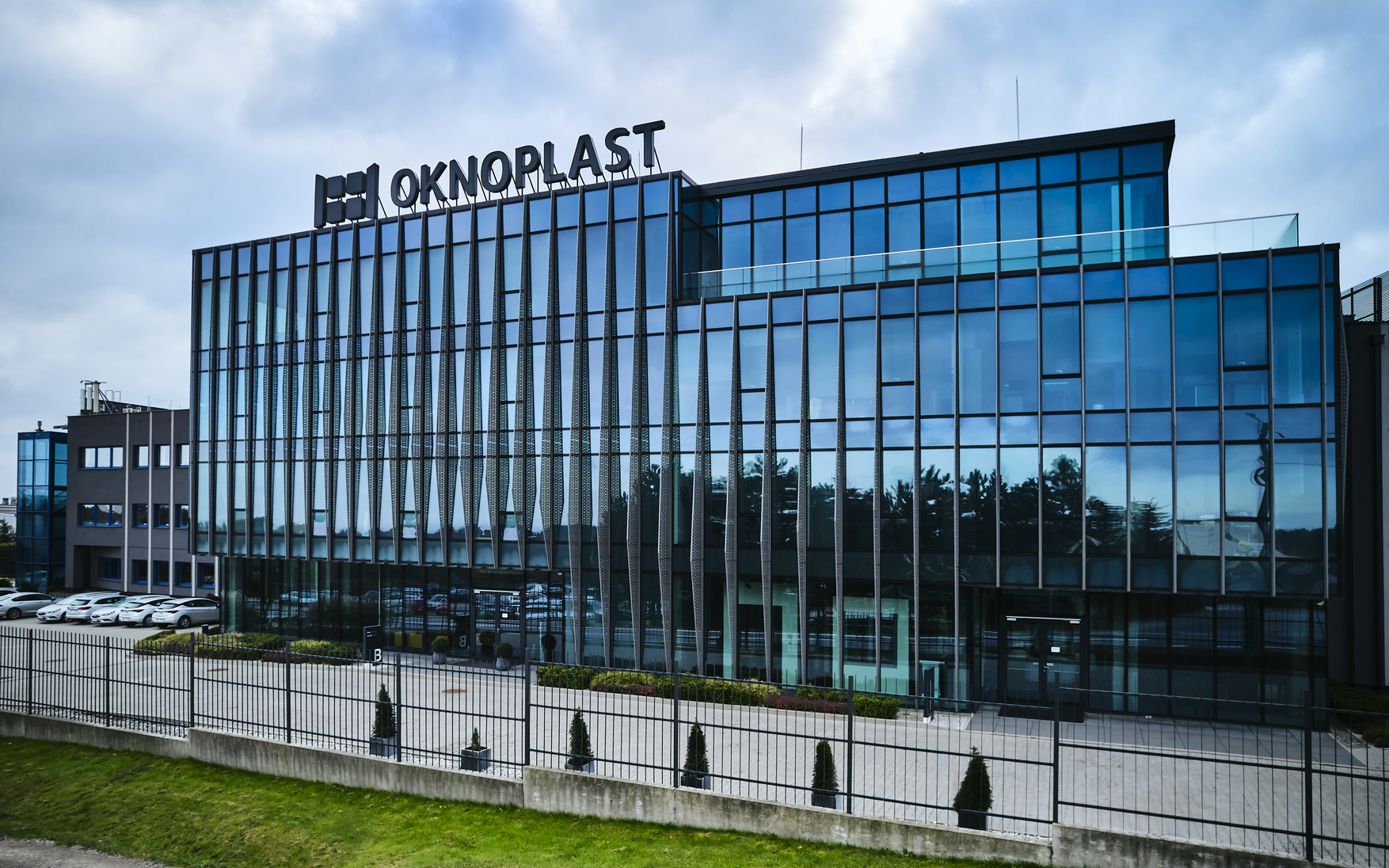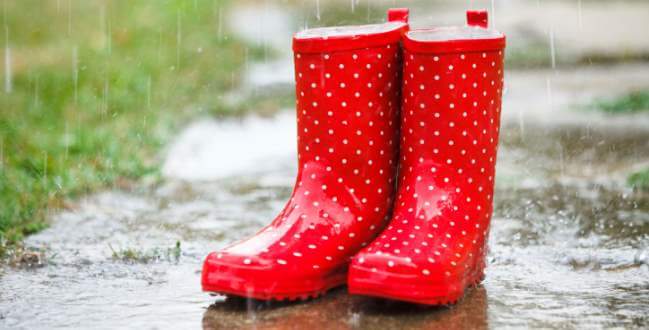In areas with high rainfall such as Germany, people quickly forget that drinking water is a rare commodity worldwide; While rainwater seeps unused into the soil, precious tap water is used to irrigate the garden. It is not only the ecological aspects that speak in favor of using rainwater, but it can also be beneficial from a financial point of view.
The builder should therefore think about costs and possible alternatives during the design phase. But even if rainwater literally falls from the sky, its use is by no means free. In addition to wastewater fees, there are also costs for purchasing the system and for earthworks in the garden if the tanks have to be buried underground.
When and why does it make sense to use process water?
Collecting rainwater in a cistern makes sense in several ways; If so-called process water is used for garden irrigation, not only the environment but also your wallet benefits.
Especially if you have a large property with a garden that needs to be watered a lot, investing in a proper system will pay off in the long run. The costs saved can be calculated quite easily: to irrigate the lawn you need around 15-20 liters per m²; depending on the type of terrain Should be watered one to three times a week. Depending on the supplier, the price for one cubic meter (1,000 litres) of water is around 2 euros. Additionally, there are corresponding costs for wastewater, which are usually slightly higher and vary from community to community. If rainwater is used for irrigation, this is already included in the rainwater tariff, which is calculated based on the surface area of the property, roof and sealed ground.
What costs arise from this?
The underground cistern tanks have a volume of 5 m³ and more, and the starting price is just under 1,000 euros. Furthermore, adequate transport systems are necessary: the cheapest option is a manual device, available from 150 euros. With an electric solution the choice is between a domestic aqueduct and a submersible pump; for one System Good quality items cost around 500 euros.
From a size of 50 m³ an additional building permit is required. Furthermore, it is necessary to inform the respective water supplier if the domestic water usage system is also used to supply drinking water for the toilet or washing machine.
Technical implementation and possible combinations
If you use an electric water pump, a combination with an irrigation system for lawns, flower beds and hedges is conceivable. To use process water for toilets and washing machines an expansion of the collection system is necessary, as the water must meet a higher standard than pure garden irrigation. This is achieved, for example, by additionally connecting the drain pipe filters.
An ideal combination for consumers and the environment is the combination of stormwater use and infiltration, which can also contribute to flood protection in the region. If you also focus on replenishing drinking water, the homeowner makes an important contribution to protecting the environment and water at a regional level.
Disadvantages and alternatives
Despite all the benefits of using rainwater, the disadvantages and possible alternatives should also be addressed: The easiest way to water your garden is through an outdoor tap. Its advantages lieIn as water costs are billed in the traditional way and there are no additional acquisition costs. From an ecological point of view, however, this is the worst solution, since the treated drinking water from the tap is wasted for purposes for which rainwater would be completely sufficient.
With the above-mentioned replenishment of drinking water, more waste water ends up in the sewer system than is actually purchased from the supplier, which is why higher waste water taxes apply. However, there are various saving options available to consumers: if consumption is around 15 cubic meters per year, it is advisable to install water meters. Every year a request for reimbursement must be submitted to the waste disposal company. Additionally, you can save on rainwater fees if built-up or sealed areas are separated from the sewer system. This is the case of infiltrations, discharges into nearby water bodies or the use of rainwater. Also in this case the supplier must be informed; Invoices and photos serve as evidence when deciding whether to reduce wastewater fees.
Regardless of the variant, investing in a rainwater harvesting system is definitely worth considering. If you have further questions, our experts will be happy to provide you with no-obligation advice.
latest posts published

The basement as an ideal place for a home sauna
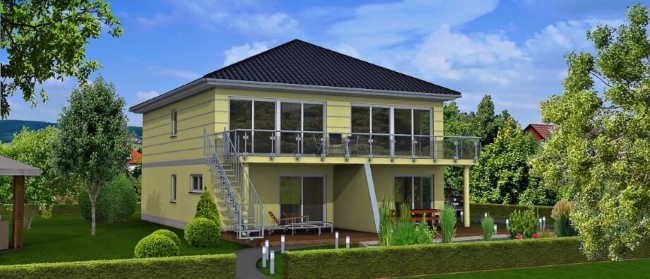
Building a condo is a breeze | What’s behind a condominium?
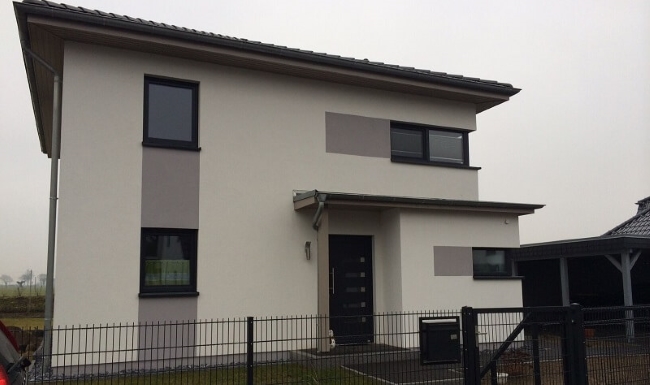
Splash protection for facades – that’s why it makes sense
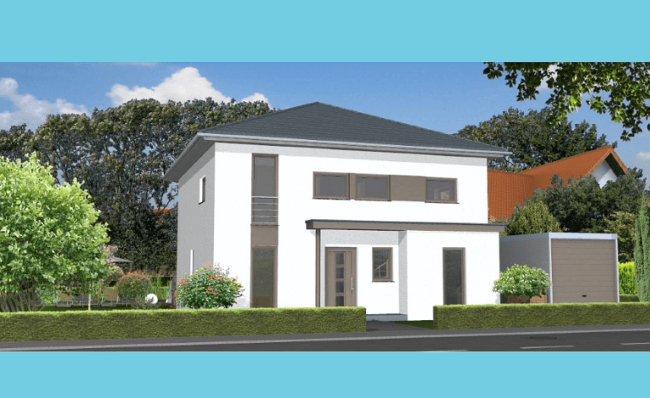
How to design your home with a covered garage

Build savings in times of low interest rates
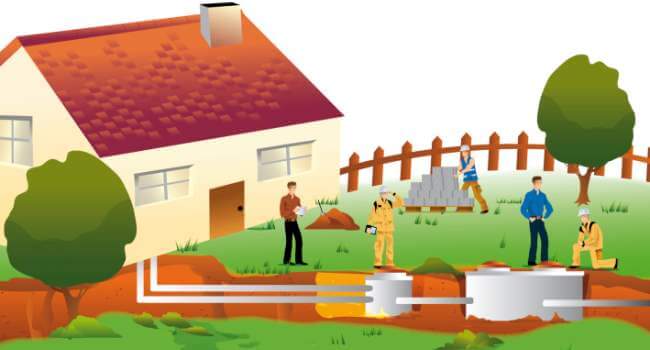
Useful information on property drainage | Considerations during construction
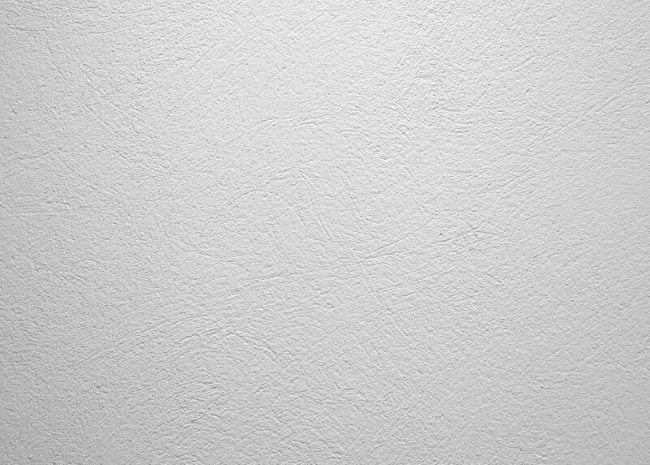
Interior wall plaster in brief
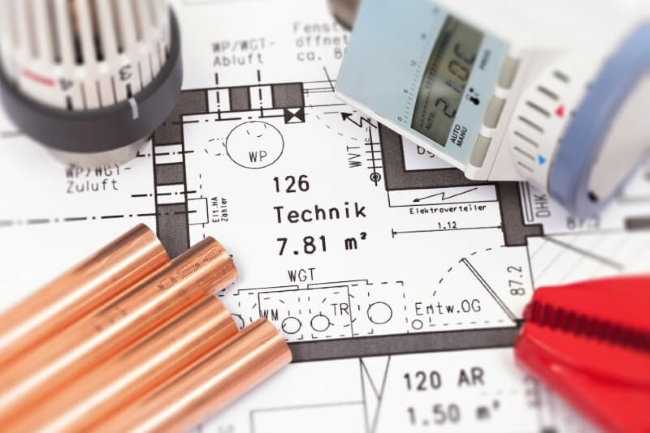
Heating with oil, gas or electricity
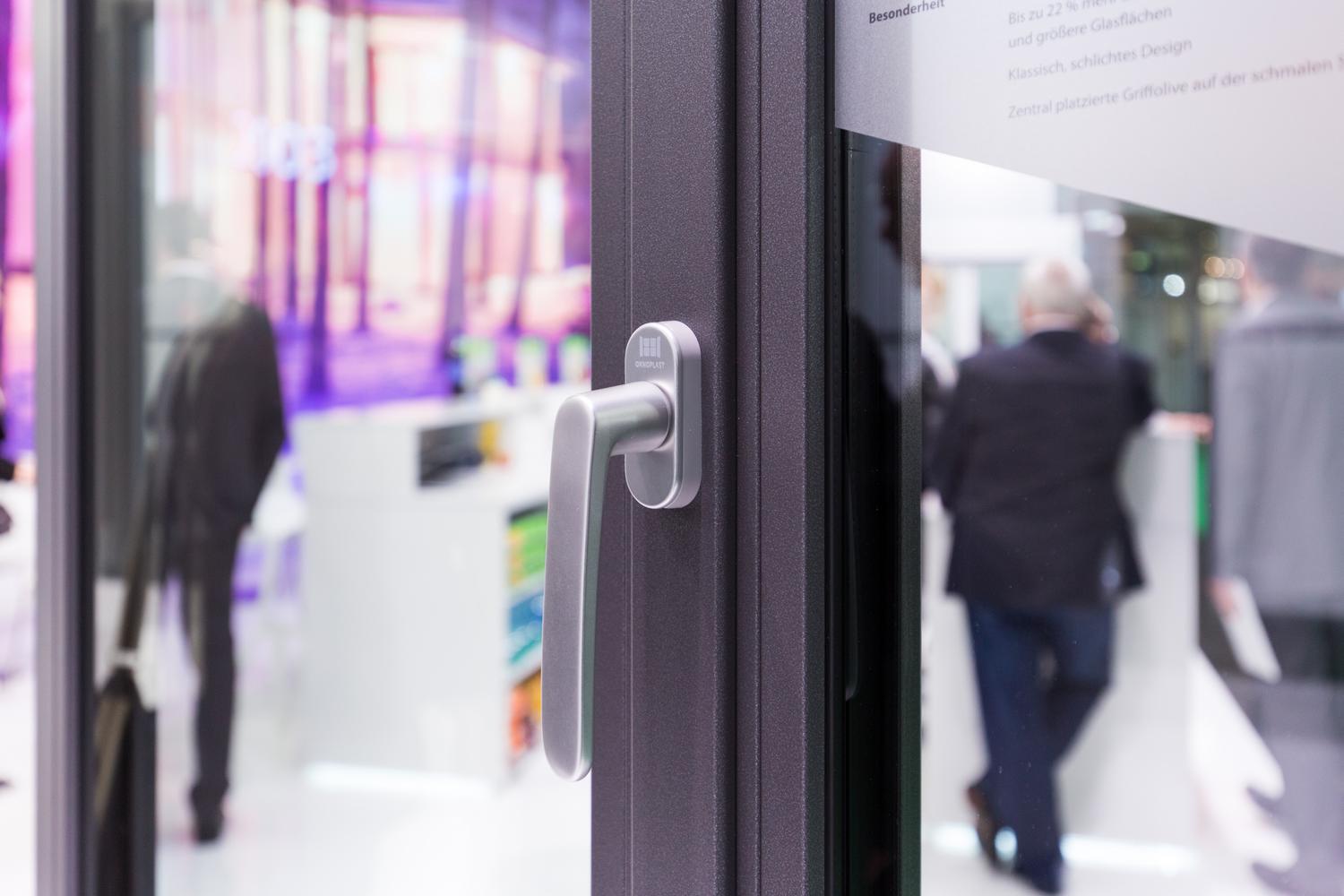
Foil as desired | Oknoplast
